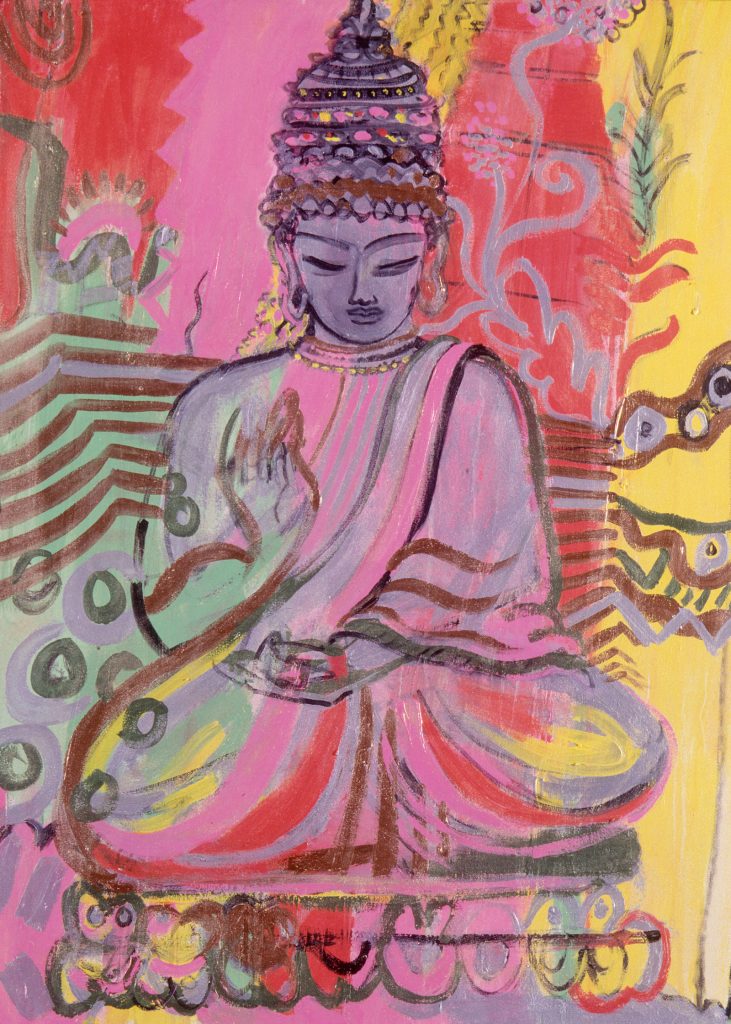I’m from Canada, where the winters are long. By the time spring arrives, each ray of warm sunshine feels like a little miracle. Yet even in the best of times, busyness and digital distraction make it easy to overlook these signs of renewal. For years I yearned for spring to arrive, and when it did, I missed it. It wasn’t until I found the dharma that I was able to be present in the world with wonder—even the trees near my bus stop felt alive. Anyone can learn to appreciate the changing of the seasons with a few simple practices.
First, choose a spot that you’ll pass on a regular basis, like a tree, park, or cracked spot in the sidewalk where dandelions tend to grow. Make a habit of pausing there regularly, even if only briefly.
Second, bring awareness to the sensory experience of the spot. See the color and texture of the last pile of salty snow melting and the buds beginning to emerge. Listen to the breeze and the birds flying overhead. Feel the bark and leaves with your fingers, and the sensations of your feet in your shoes on the ground. Smell the air and notice when the flowers start to bloom. This can be as short as a few breaths, if you practice with full awareness.
Third, invite wonder in. This cannot be forced, but can be encouraged by attitudes of curiosity and gratitude. Thinking “How amazing to get to see this leaf unfurl today” or asking “Is there room for some wonder right now?” can sometimes be enough. Even if the answer is “no,” the questioning itself can bring you to the world more fully alive.
This practice is simple but also tricky, because the mind can quickly slide into what the Buddha called the three poisons, or the root of all suffering—craving, aversion, and delusion. When wonder manifests, it can switch into craving—wanting the experience to last or wanting more of anything. When wonder doesn’t appear, aversion might be present in a judgmental, comparing mindset, or delusion may leave you distracted or confused.
The fourth step is to work with the three poisons to explore how they feel in the body. For me, craving presents as a physical sense of reaching forward, whereas aversion feels like a hardening and pushing away. Both of these can be released by relaxing the muscles of the body and taking a few deep breaths. Delusion is a dull agitation of the nervous system and pressure in my forehead that I let go of by broadening my gaze and sensing my feet on the ground. Once you know how the poisons feel, you can recognize their absence through sensations rather than thinking abstractly about whether they are there or not. From there you can find a sweet spot, free from the poisons—a moment of awakening worthy of being savored in any season.
Thank you for subscribing to Tricycle! As a nonprofit, we depend on readers like you to keep Buddhist teachings and practices widely available.
